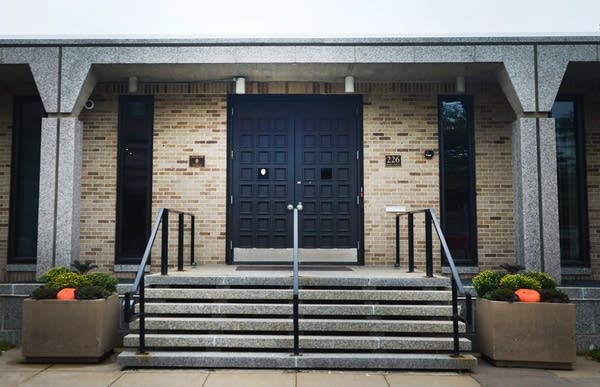Archdiocese weighs bankruptcy, but what would it mean?

The Archdiocese of Saint Paul and Minneapolis Chancery Offices in St. Paul, Minn.
Amanda Snyder / MPR News
Go Deeper.
Create an account or log in to save stories.
Like this?
Thanks for liking this story! We have added it to a list of your favorite stories.


